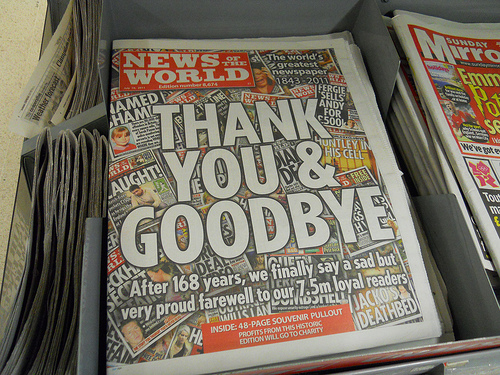Image: Vicki & Chuck RogersCross-posted from Cool Green Science.
Recommended background music as you read this post: “Black Mud” by the Black Keys.
This spring has seen record floods and a great deal of attention on what floods do. And to most people, what floods do is cause destruction.
Floods do destroy. But floods also create. In 1927, an epic flood on the Mississippi River killed hundreds and wreaked massive property damage. But in its wake of destruction, that flood created rock ‘n’ roll.
To be fair, rock ‘n’ roll, like the Mississippi, is a seriously big river, one with many tributaries that converged to form its still-shifting channel. But one of its tributaries — and perhaps the essential one, with a gritty, longing, shuffling beat still pulsing unmistakably within the bigger river — sprang forth from the black mud that covered the whole Mississippi Delta when the swollen river finally slunk back to its banks in the late summer of 1927.
The black mud was one more sheet thrown messily across a thick bed of soil that had piled up over centuries of floods. Floods destroy, but floods also create — and that thick, black flood soil was phenomenally productive. People had created a thriving economy and society on top of it. They built massive levees to keep the river at bay, and first slaves and then sharecroppers turned that black soil to the white gold of cotton. But in 1927, those levees failed, and the society that rose up on the largesse of floods now felt their wrath.
Although floods are what made the soil so rich, in the short term, the 1927 flood threw the Mississippi Delta into disarray. The flood reexposed the deep racial fissures that the Delta society had worked hard to either smooth over or wish away. In the wake of the ugliness and economic upheaval, a river of rural blacks began moving north from the Delta.
Delta blues musicians chronicled the flood and its aftermath. Consider “When the Levee Breaks,” by Kansas Joe McCoy and Memphis Minnie. Over a traditional Delta Blues riff on an acoustic guitar, McCoy tells how blacks were forced to work in near slave-like conditions, strengthening the levees during the flood: “I works on the levee, mama both night and day, I works so hard, to keep the water away.” With the final line, he alludes to the great migration of blacks moving northward: “I’s a mean old levee, cause me to weep and moan, gonna leave my baby, and my happy home.”
Led Zeppelin recorded a cover of the song and added greater geographic specificity to that final line. In so doing, they revealed the city where the Delta blues were transformed, the setting for the alchemy that gave their version such heft: “going, going to Chicago.”
Chicago was the destination for many of the Delta migrants and, in Chicago, the Delta Blues got plugged into amps and electrified. There, Chess Records artists, like Howlin’ Wolf, Muddy Waters, and John Lee Hooker, provided the first DNA strands that mutated and gloriously evolved the Delta Blues into “Chicago Blues.”
With the vigor of a new species, the Chicago Blues dispersed globally and, where they touched down, continued to evolve. In London, Keith Richards and Mick Jagger bonded over their mail-order records from Chess.
As I said before, rock ‘n’ roll sprang from many sources. But stripped to its essence, its true heart may be the primal beat and yearning soul of the electrified Delta Blues. The northward migration of blacks from the Mississippi Delta to Chicago set this electro-evolution in motion, and that migration was sparked and hastened by the great flood of 1927. And although rock has continued to evolve, you can still hear the black Delta mud in its DNA.



